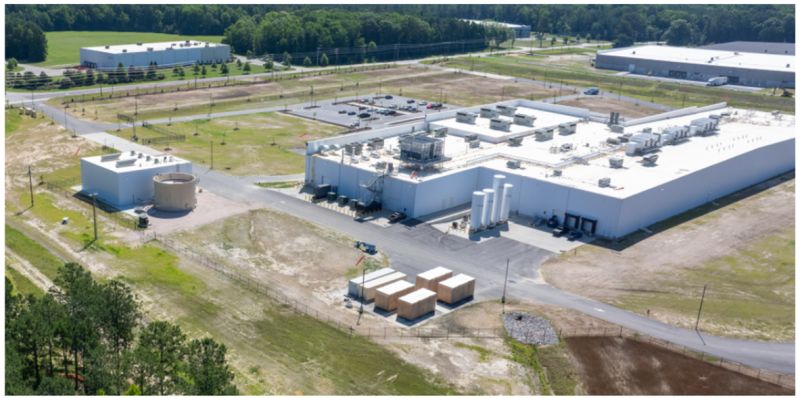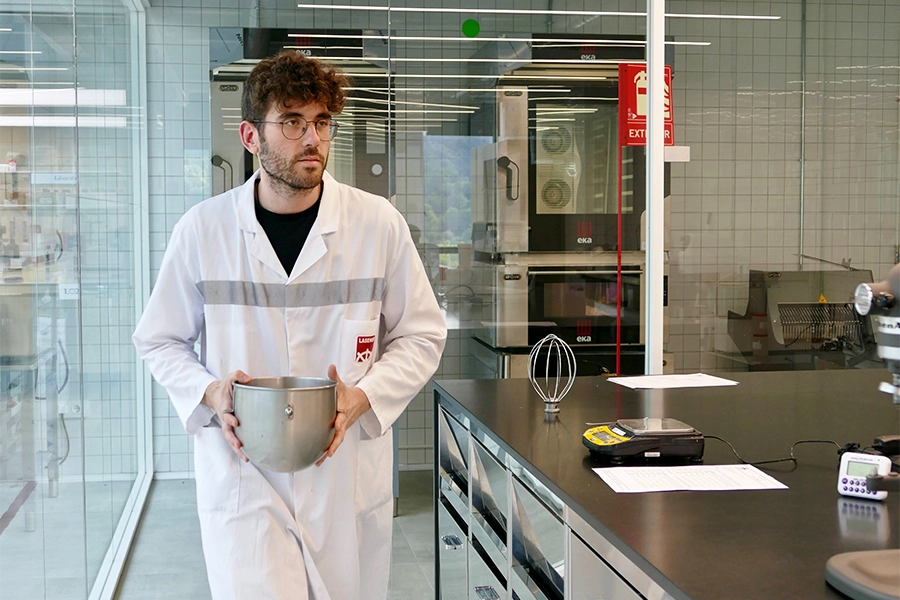

FPP Amsterdam 2025 Speaker Interview: Feeding the Future – how Nutreco is powering the next wave of cultivated protein
Nutreco has spent decades perfecting animal nutrition. Now, it’s turning that know-how toward one of the biggest challenges of our time – sustainably feeding a population that’s heading toward 10 billion. Vincent Krudde, Head of the Alternative Protein Program at Nutreco, explains how the company is applying its scale, science, and supply-chain experience to help cultivated protein evolve from promise to production
For Vincent Krudde, Head of the Alternative Protein Program at Nutreco, the question of how to feed a growing global population isn’t just theoretical – it’s mathematical. Global protein demand is rising at roughly 1.5% per year, outpacing population growth and placing unprecedented pressure on the planet’s resources.
Traditional farming has already made huge strides, he says, but as the world moves from eight billion people today to 10 billion in the coming decades, more will simply be needed.
That reality defines Nutreco’s purpose: ‘Feeding the Future’. Meeting the world’s protein needs, Krudde believes, will require a portfolio of complementary solutions – from improving efficiency in traditional agriculture to advancing alternative sources such as plant-based, fermented, and cultivated proteins.
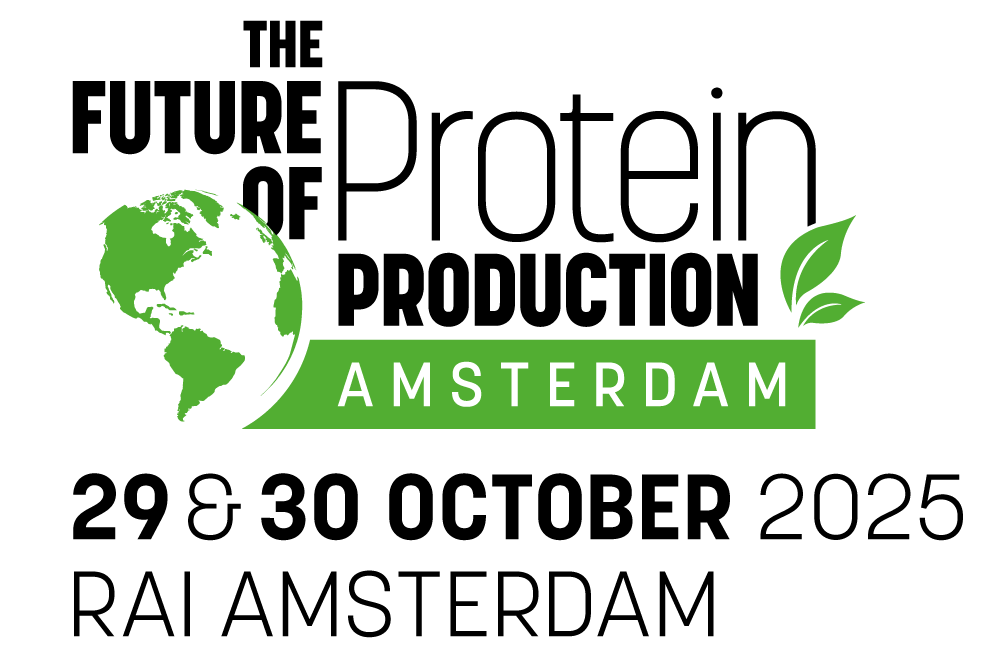
At its core, the challenge is simple, he explains: ensuring supply keeps up with demand, sustainably. And that means leveraging every possible source of nutrition.
“We know how to build factories the size of airports – and that’s what allows us to help others think realistically about scalability and cost parity”
It’s tempting to frame the future of protein as a competition between old and new systems – animal versus alternative. Krudde sees it differently.
“Sometimes in the alternative protein industry, I hear narratives about completely replacing traditional protein sources,” he says. “I just don’t think that’s possible – or even desirable in the short to medium term. We need the traditional sector as well if we’re going to feed the future.”
He points to the diversity of global needs as the key reason there can be no single solution. “Different regions face different realities – from food security and biosecurity to infrastructure and trade dependencies,” he says. “Each will need a mix that reflects its own context.”
Still, the potential for cultivated protein is significant. External projections such as those from Euromonitor suggest it could make up around 10% of global protein consumption by 2045 to 2050. “That might sound far away, but it really isn’t,” Krudde says. “The question is how we can scale up efficiently and effectively to meet that demand.”
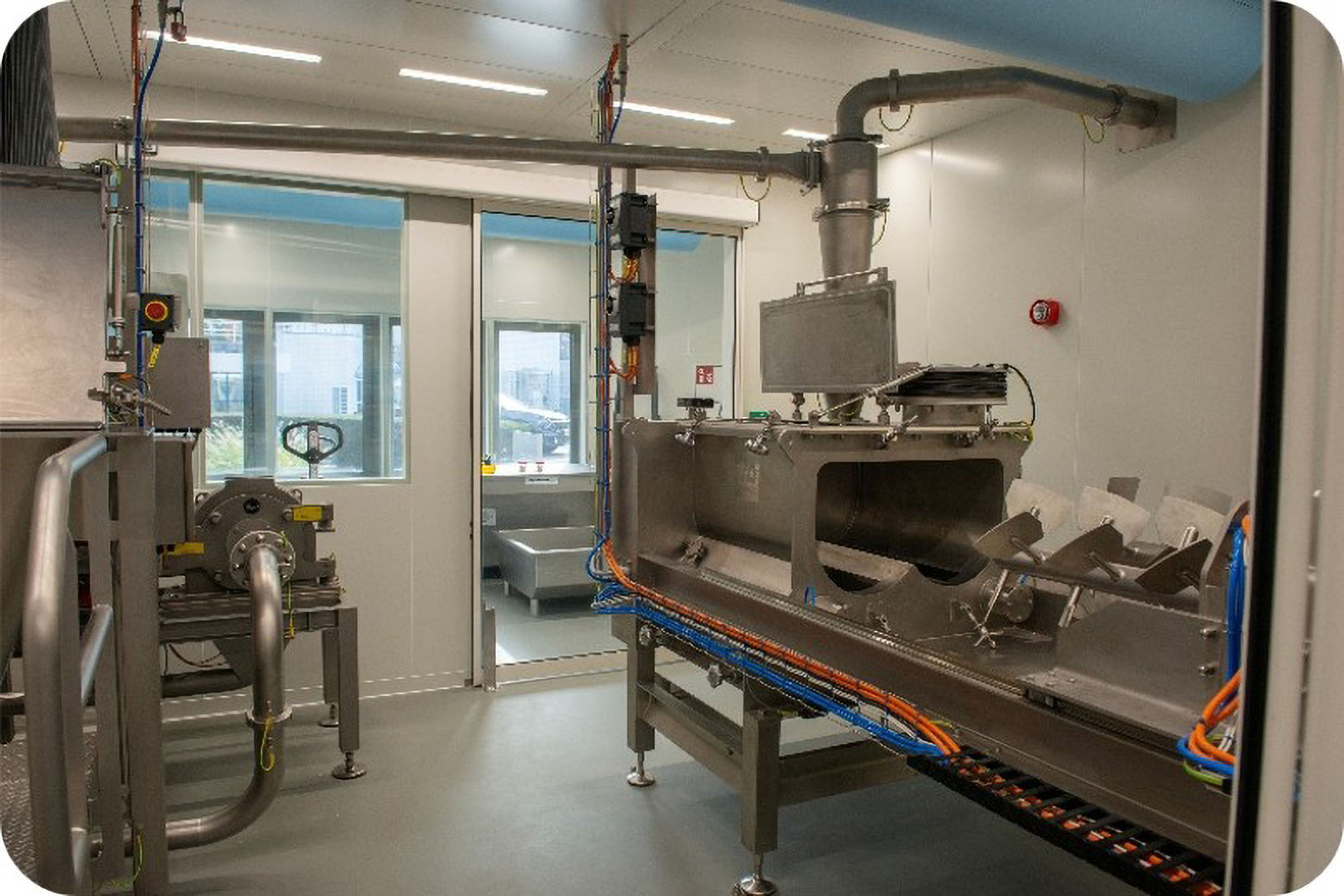
Cultivated proteins: promise and pressure
Among emerging protein technologies, cultivated meat has perhaps generated the most excitement – and the most growing pains. Krudde describes the industry as being at a crossroads, facing four key challenges: technology, regulation, economics, and consumer acceptance.
Technologically, the interplay between the cell line, the bioreactor process, and feed medium remains complex, particularly when scaling up from lab to industrial production. “This technology comes largely from the pharmaceutical sector, which operates at much smaller scales,” he says. “Scaling it for food production brings unique hurdles.”
Regulatory pathways, while essential, add further complexity. “Each region has its own food safety framework,” Krudde notes. “That’s absolutely necessary, but because this is such a new field, it takes longer to assess. It’s not a bad thing – it’s just another step the industry must work through.”
The economics are equally challenging. With longer timelines to market and limited revenue inflows, companies rely heavily on investor confidence. “The current investment climate is not ideal,” he says. “That puts a lot of financial pressure on players in this field.”
Then there’s consumer acceptance. “We’ve seen some early testing, some focus groups, but the real validation will only come when products are truly available in the market,” Krudde says.
Still, he remains convinced the technology’s fundamentals are sound. “From a macro perspective, cultivated protein makes sense from many different angles – sustainability, animal welfare, antimicrobial resistance, and resource efficiency,” he says. “The question is not whether it will happen, but when.”
Beyond sustainability, Krudde sees cultivated protein as a means of improving food security and resilience. “What’s really interesting is the ability to produce essentially the same protein at the molecular level – but on a much more local scale,” he says. “You don’t need huge tracts of land, and it potentially uses less energy and water”
He also notes that many of the earliest regulatory approvals have come from regions either facing food security challenges or with more progressive climate agendas. “That’s not a coincidence,” he says. “The link between policy, innovation, and resilience is becoming clear.”
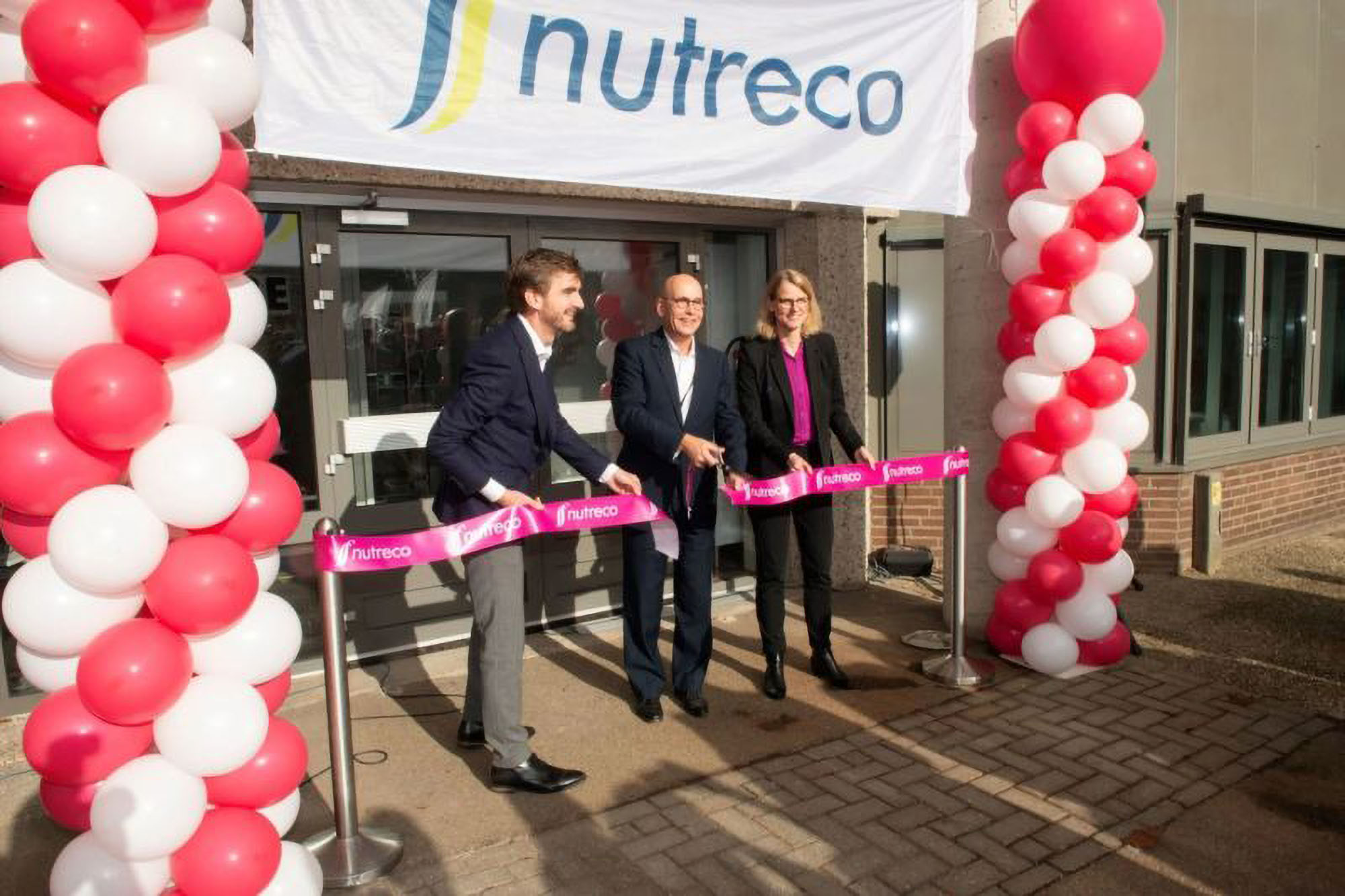
From feed to cell culture media
For Nutreco, the move into cell culture media wasn’t a radical departure – it was a logical next step. “If we truly believe in our purpose, Feeding the Future, we owe it to ourselves to explore every possible way of doing so,” he says.
As one of the world’s largest producers of aquafeed and livestock feed, Nutreco has decades of experience turning ingredients into optimized nutritional solutions at scale. “The feed that goes into cultivated protein – the cell culture media – includes components that overlap quite a lot with what we already work with,” he says. “One of those, the basal media, is particularly similar.”
In October 2024, the company opened the world’s first pilot facility dedicated to food-grade cell culture media. The aim was to test whether Nutreco’s formulations could match pharmaceutical-grade media performance at a fraction of the cost.
“The good news is that it works,” Krudde reports. “We’re consistently hearing that our media performs just as well as the small-scale pharmaceutical alternatives companies have been using. That’s a huge validation for us.”
Translating animal feed expertise into cell culture media doesn’t mean a simple copy-paste. It requires careful adaptation. “There are areas where Nutreco already brings strong value – large-scale production, sourcing, and quality control – and others where we still need to learn,” Krudde explains.
“If we truly believe in Feeding the Future, then we owe it to ourselves to explore every possible way of doing so”
He references the ‘triangle’ that defines cultivated protein development: the cell line, the bioreactor process, and the feed. “At the moment, we contribute to one corner of that triangle,” he says. “To move faster, we need to collaborate – because no single player can cost-efficiently define the whole process alone.”
What Nutreco brings, he adds, is manufacturing expertise and a deep understanding of how to scale cell culture media production. “We know how to build factories the size of airports,” he says with a smile. “That’s what allows us to help others think realistically about scalability and cost parity.”
Cracking the cost challenge
Reaching cost parity with conventional meat remains the industry’s defining milestone. Krudde sees Nutreco’s role as helping bridge the gap between pilot-scale economics and full industrial production.
“Right now, we have a relatively small facility, but we know what happens when you move to industrial scale – how unit costs fall, where efficiencies emerge, how to manage raw material variability,” he says. “That’s the kind of insight our partners value.”
Still, the sector faces a classic chicken-and-egg dilemma. “To justify building large factories, you need committed offtake from customers,” he says. “But customers won’t commit until they’re sure a stable supply exists. So, we need to move forward together. Collaboration is the only way to break that loop.”
Nutreco’s strategy for cultivated protein is rooted in partnership – both for capacity and capability.
On the capacity side, Krudde continues, forward agreements can help de-risk investments and encourage scaling across the value chain. On the capability side, collaboration allows companies to combine expertise. “For example, we’re working with a cell line provider to offer customers not just the cell line but a proven feed formulation – both the basal media and the serum replacement,” he explains. “That kind of complete package could save companies years of development.”
Another model involves licensing. “Some cultivated protein companies have developed great feed or media components. Rather than everyone reinventing the wheel, we ask: why not license those components so we can produce and distribute them globally?” he says. “That unlocks value for everyone.”
The case for standardization
As the cultivated ecosystem matures, Krudde expects to see alignment on standards, sourcing, and supply-chain frameworks. “Standardization has enormous potential to drive efficiency,” he says. “It simplifies regulatory approval, increases investor confidence, and accelerates industry-wide learning.”
The process will take time, he acknowledges. “This is still a very young field, and diversity of approaches is natural,” he says. “But as the industry grows, alignment will become essential.”
Krudde’s vision for Nutreco’s future in cultivated protein is clear. “We want to be the recognized partner for full culture media solutions,” he says. “In the future, when a customer comes to us and says, ‘I have this cell line and this bioreactor process’, we want to be able to respond immediately. ‘Here’s the feed you need’ – and deliver it at scale, affordably.”
Success, for Krudde, is measured both in business terms and in global impact. “My hope for the cultivated protein industry is that it reaches that 10% share of global protein demand that’s been projected,” he says. “We need it – for the planet, for people, and for the future of food.”
Vincent Krudde is one of more than 100 speakers taking to the stage at The Future of Protein Production Amsterdam on 29/30 October 2025. To join him and more than 1,000 other attendees, book your conference ticket today and use the code, 'PPTI10', for an extra 10% discount on the current rate. Click here
If you have any questions or would like to get in touch with us, please email info@futureofproteinproduction.com


